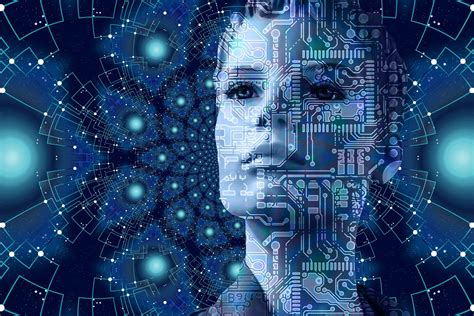The practice of merging artificial intelligence models, as described by enthusiasts and developers, resembles more of an arcane art than a structured science. The ease with which models can be combined to enhance capabilities or performance has left many in the field both amazed and perplexed. This ease of manipulation, often carried out in accessible platforms like Google Colaboratory, has led to impressive outcomes in benchmarks, suggesting potential yet unexplored depths in AI’s utility and adaptability.
The analogy of alchemy is frequently evoked when discussing the fusion of AI models. Alchemy, with its mystical pursuit of converting base metals into noble ones, metaphorically parallels the current experimental phase of AI development where diverse models are merged to create enhanced versions without a clear understanding of the underlying transformations. This trial-and-error approach, while yielding short-term benefits, underscores a profound unpredictability at the heart of artificial intelligence.
One could argue that all technological and scientific advancement initially stems from a form of ‘magic’ or the unexplained. Echoing this sentiment, the mathematical foundation of AI is relatively straightforward, akin to differential equations, which are simple in theory but complex and chaotic in practice. This inherent simplicity and resulting complexity make AI a fascinating field, yet it poses significant challenges in terms of predictability and consistency in behavior.
Despite the excitement around AI model merging, there is a cautious perspective that worries about the over-reliance on such unpredictable systems. For instance, the ‘probabilistic UX’ problem highlights the difficulties in ensuring consistent user experiences when the underlying AI behaves inconsistently. Adding new features or capabilities to AI systems can lead to exponential and often unforeseeable side effects, increasing the risk as AI technologies scale across various industries.
Critics also draw attention to historical human interactions with animals and other humans, suggesting that dealing with unpredictable intelligence is nothing new. The comparison to animals, like horses, which have been integral to human societies yet inherently unpredictable, serves as a reminder that AI, much like any tool, requires careful management and realistic expectations of its capabilities and fail points.
Supporters of AI development advocate for a strategic deployment of AI technologies, suggesting that areas less critical to human safety, such as arts and entertainment, could serve as ideal testing grounds. These domains benefit from AI’s capacity for creativity and novelty without the dire consequences that might arise in sectors like healthcare or law enforcement. This strategic approach could safeguard against the potential mishaps while capitalizing on AI’s strengths.
However, the push for integrating AI systems into more deterministic and safety-critical applications continues. The proponents argue that AI can improve efficiencies and outcomes in areas like medical diagnostics, often outperforming humans in specific tasks. Yet, this optimism is tempered by significant ethical considerations — the accountability for AI decisions, especially when errors occur, remains an unresolved issue.
As the field of AI evolves, it is clear that the blending of models and the discovery of new capabilities will continue to spark both wonder and concern. Balancing innovation with caution will be crucial as we venture further into this uncharted technological territory. Understanding AI’s limitations and potential requires a deep engagement with both its mechanical underpinnings and its broader impacts on society.


Leave a Reply